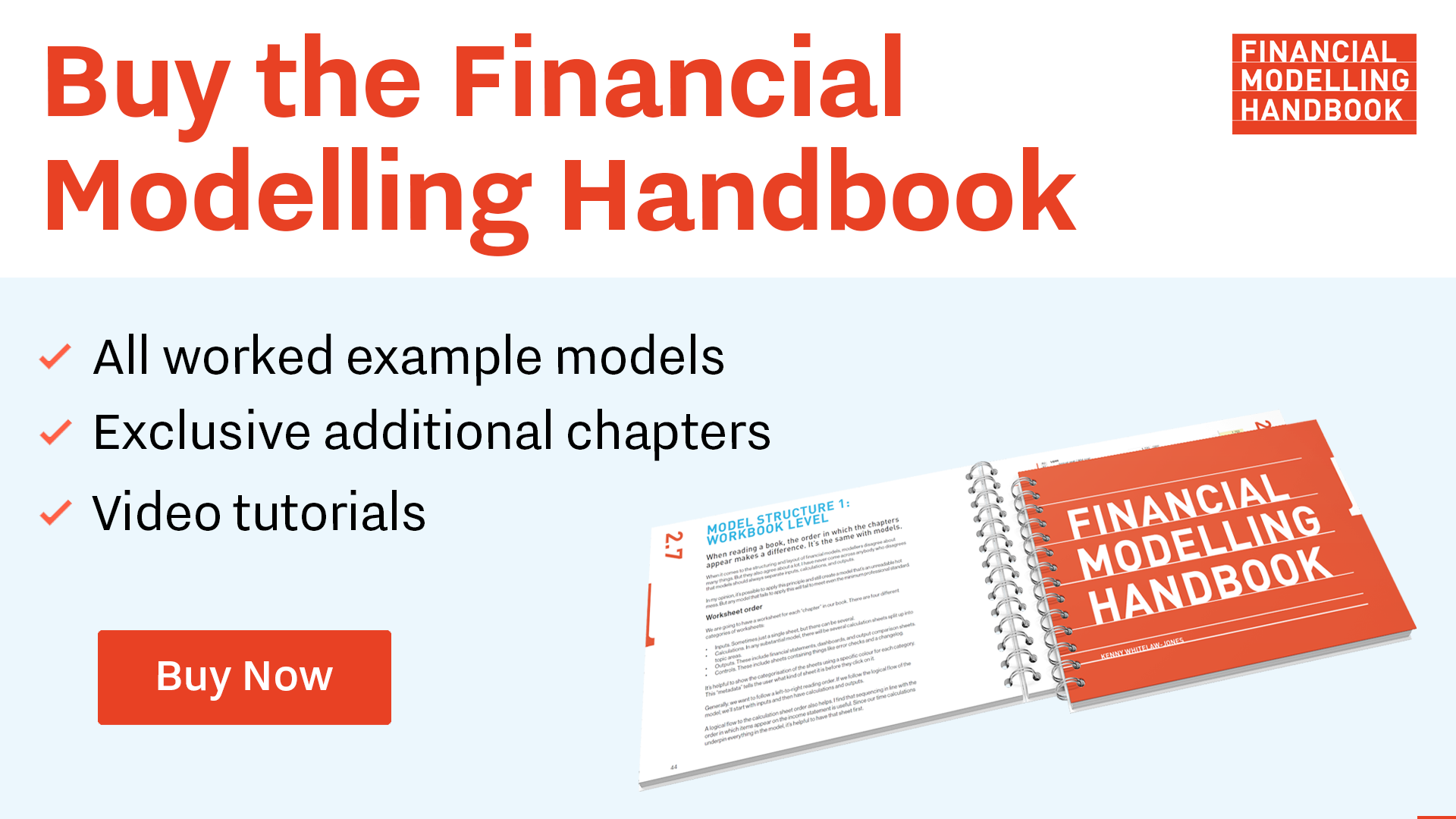Systems don't impede creativity
The myth that systemisation destroys creativity stems from the idea that systems turn everybody into robots, incapable of original thought. This is just flat out wrong. In reality, systems create space, and space opens doors to creativity, inspiration and opportunity. From SYSTEMology by David Jenyns and Michael E. Gerber
A self-imposed restriction is counterintuitive in a culture where more choice is usually regarded as a good thing. However, externalising knowledge into the structure of the model and relying on a repeatable workflow reduces the number of decisions we need to take. This is liberating.
A study by the American Accounting Association on the impact of control on creativity found that the control system increased team members' perception that they have the ability to take action, make decisions, and produce novel ideas. They conclude that there is no conflict between control and creativity and that, paradoxically, creativity can flourish in the presence of control.
What I will teach you in this book is not a recipe that tells you what to do at every step. Rather it's a series of skills that lets you address whatever needs to be taken care of in whatever is required without getting off track.
In this book, I've broken down the skills you need to build a model into a small number of simple, repeatable steps. You'll learn to combine this to work efficiently in your model.
Building a financial model is rarely a linear process. And nor should it be. Our job is to surface insights; by definition, those can't be known ahead of time.
But just because a process isn't linear or predictable doesn't mean you should follow an "anything-goes" approach. It's precisely because it's non-linear that you need a clear structure and workflow to keep you on track.
As Adam Morgan put it in his book A Beautiful Constraint,
“For engineers, designers and other creative problem-solvers, a formal definition of the constraints within which they must work is essential to channel energies and expand creativity.”

Comments
Sign in or become a Financial Modelling Handbook member to join the conversation.
Just enter your email below to get a log in link.